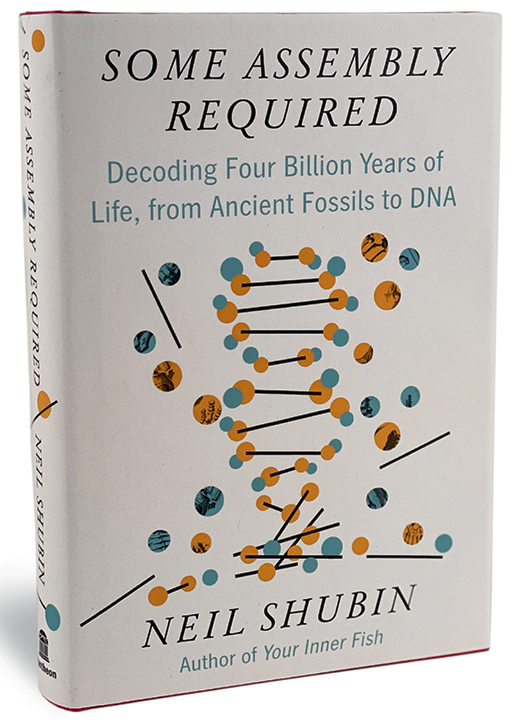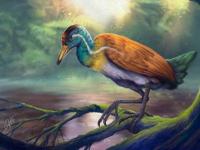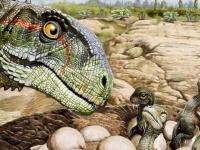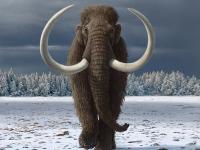A New Book Captures How Genetics Fills In The Story of Life’s Evolution
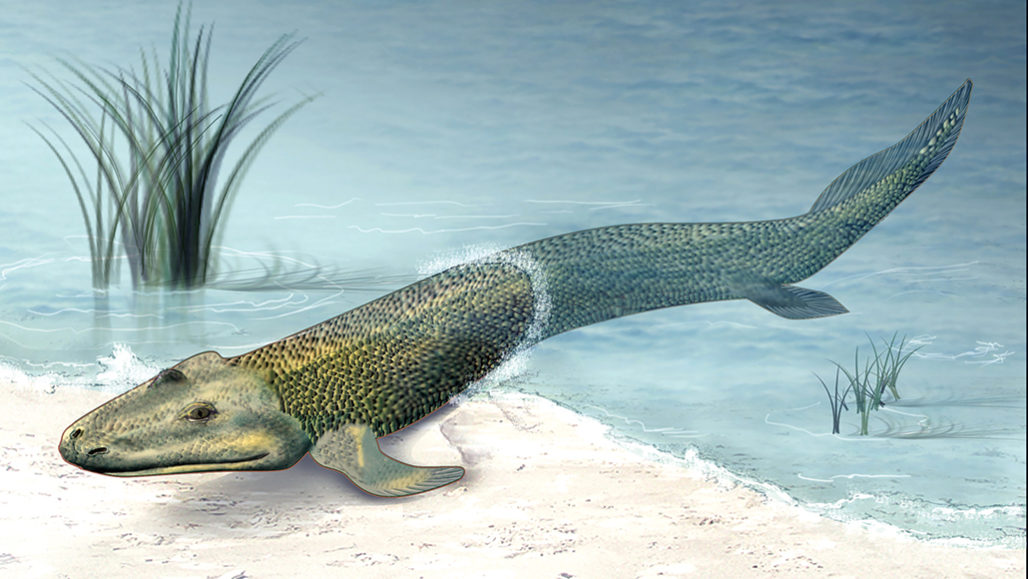
‘Some Assembly Required’ explores how genetic analyses complement paleontological research.
When descendants of ancient fish first hauled themselves onto dry land, they didn’t do so with lungs evolved specifically for that reason. The need to breathe air ultimately led to a change in the function of an organ the fish already had. Likewise, when birds took to the air millions of years later, they did so using feathers that may have originally evolved as insulation or as a way to attract mates.
In Some Assembly Required, Neil Shubin, a paleontologist, explores these and other great evolutionary innovations, as well as the invisible genetic changes that made them possible. The book is an impressive chronicle of what genetic research over the last few decades has done to complement the story of evolution, a tale once told through fossils, anatomy and physiology alone.
For instance, studies show that the genes fish need to build swim bladders — the organ that helps control buoyancy — are the same ones lungfish and humans use to build lungs. Such repurposing, of both genes and anatomical features, is a recurrent theme in the tree of life, Shubin notes.
In some cases, genetic mutations trigger the production of new proteins, which can either serve new functions or perform old tasks more efficiently and, in turn, enhance the survival of the organism. In other cases, mutations cause genes to be switched on or off earlier or later in development and at different places in an embryo. These changes can alter the development of skulls, fins, limbs and other anatomical features, and sometimes result in totally new features.
Many of these tweaks may arise when genes duplicate themselves, a process that allows one copy of a gene to retain its original function but frees up the additional copy to change and gain a new purpose. For instance, research suggests that the gene NOTCH2NL, which originated via duplication of a more primitive gene and is found in humans but not monkeys, triggers the growth of brain cells when inserted into the DNA of lab mice. The gene probably contributes to humans’ big brain, scientists have proposed.
Viral infections have also led to evolutionary changes in the host, Shubin points out. Syncytin, a protein that plays a vital role in the placenta of mammals, is a viral protein that lost its ability to infect other cells. At some point in the evolution of mammals, the protein was incorporated into its hosts’ genetic code and put to work, creating intercellular pathways that enable nutrients and other substances to flow between mothers and embryos.
By taking a historical perspective and recounting the gradual accumulation of knowledge about genes and their effects, Shubin transforms a complicated topic into a smooth and fascinating read.
A version of this article appears in the March 28, 2020 issue of Science News.
Source: www.sciencenews.org/

